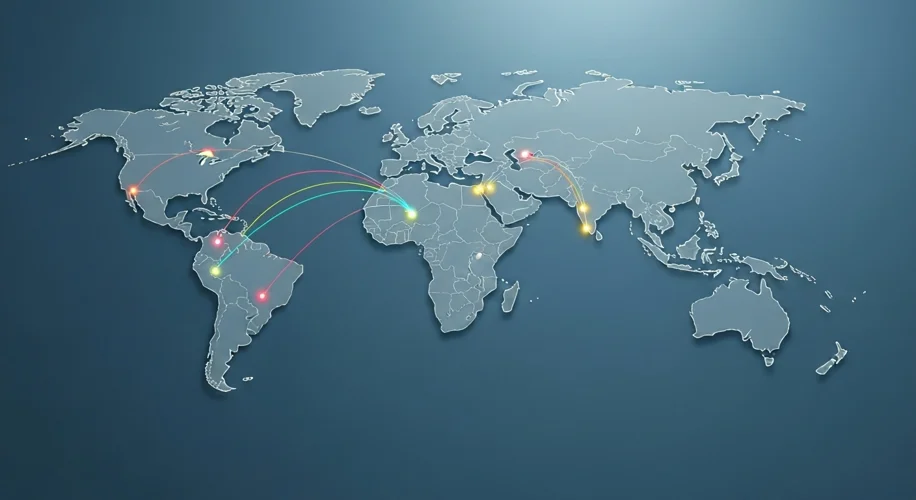It’s fascinating to watch how economic decisions ripple across the globe, sometimes in ways we don’t immediately expect.
Lately, we’ve seen a noticeable hardening of economic ties between nations like China, India, and Russia. This isn’t happening in a vacuum. It’s a response, in part, to shifting trade policies elsewhere, particularly measures like tariffs that aim to protect domestic industries.
When one major economy implements tariffs – essentially taxes on imported goods – it can create a domino effect. Other countries often respond in kind, leading to trade disputes. But beyond the tit-for-tat, these actions can push nations with shared or complementary interests closer together. For instance, countries that feel they are on the receiving end of these tariffs might look for new markets or forge stronger trade partnerships with each other.
Consider the technological and economic strategies at play. Countries are increasingly focusing on securing their supply chains for critical technologies, from semiconductors to advanced materials. When global trade becomes more uncertain due to tariffs, nations often double down on domestic production and seek out reliable partners. This can lead to the formation of distinct economic blocs, each with its own set of rules and priorities.
The goal for many nations is to ensure economic stability and foster technological advancement. When traditional trade routes become complicated, finding new avenues for collaboration becomes a strategic imperative. This can involve joint ventures, technology sharing agreements, and mutual investment.
It’s a complex dance. Tariffs, intended to bolster one economy, can inadvertently strengthen relationships elsewhere. This ongoing evolution in global trade and alliances is something we’ll continue to monitor, as it has profound implications for international relations and the global economic landscape.

